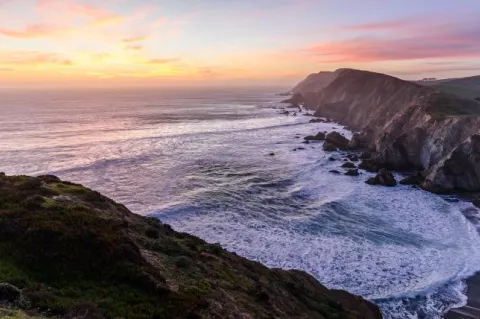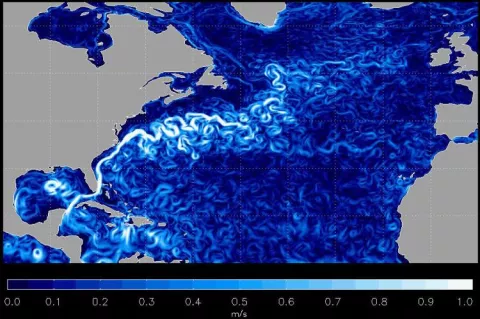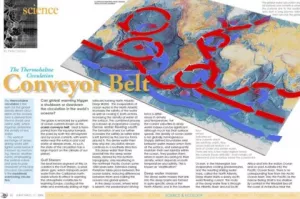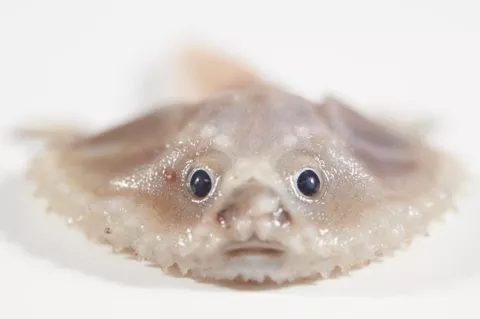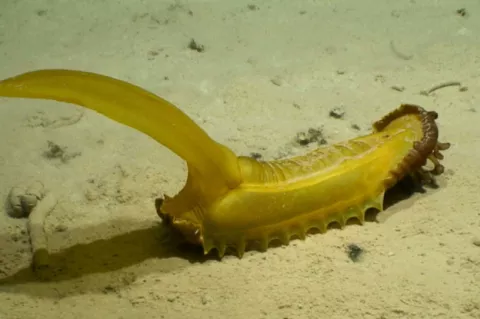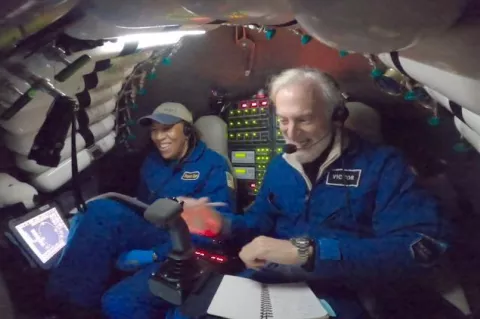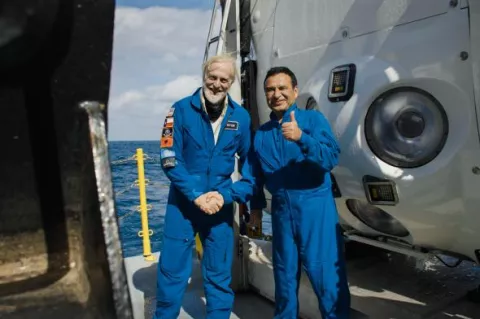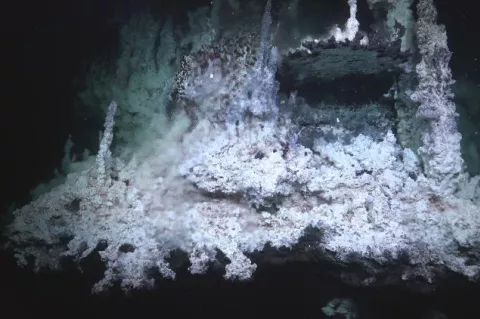While on a mission to map the volcanic geography of Cocos (Keeling) Islands Marine Park off Western Australia, researchers aboard the vessel Investigator also surveyed the deep-sea life in the Indian Ocean Territories.
In doing so, they came face-to-face with many fascinating, and some previously unknown, species.
Besides filming videos of the vast marine life amidst the summits of seamounts, the team also collected specimens from depths as deep as five kilometres below the surface.
We have discovered an amazing number of potentially new species living in this remote marine park
Dr Tim O’Hara, Chief Scientist of the expedition and Senior Curator, Marine Inveterbrates at Museums Victoria Research Institute
During the expedition, the researchers had been sharing their discoveries with more than 850 school students and community members in Australia through real-time livestreaming.
The expedition was a collaboration between Museums Victoria Research Institute and CSIRO, in partnership with Bush Blitz, Parks Australia, Australian Museum Research Institute and the Western Australian Museum.



